The strategy known as Suppression of Enemy Air Defenses (SEAD) is employed by military forces to neutralize or reduce the threat posed by enemy air defence systems. This approach enables friendly air operations to proceed with decreased risk.
Let’s Discover the Best of SEAD and Weaponry in Modern Battle, where tactics involve a combination of electronic warfare, precision strikes, and decoy techniques. The primary objective of these methods is to disrupt, disable, or eliminate various enemy assets, including early-warning radar, surface-to-air missile sites, anti-aircraft artillery, command, control, and communication (C3) functions, as well as other air defence installations.
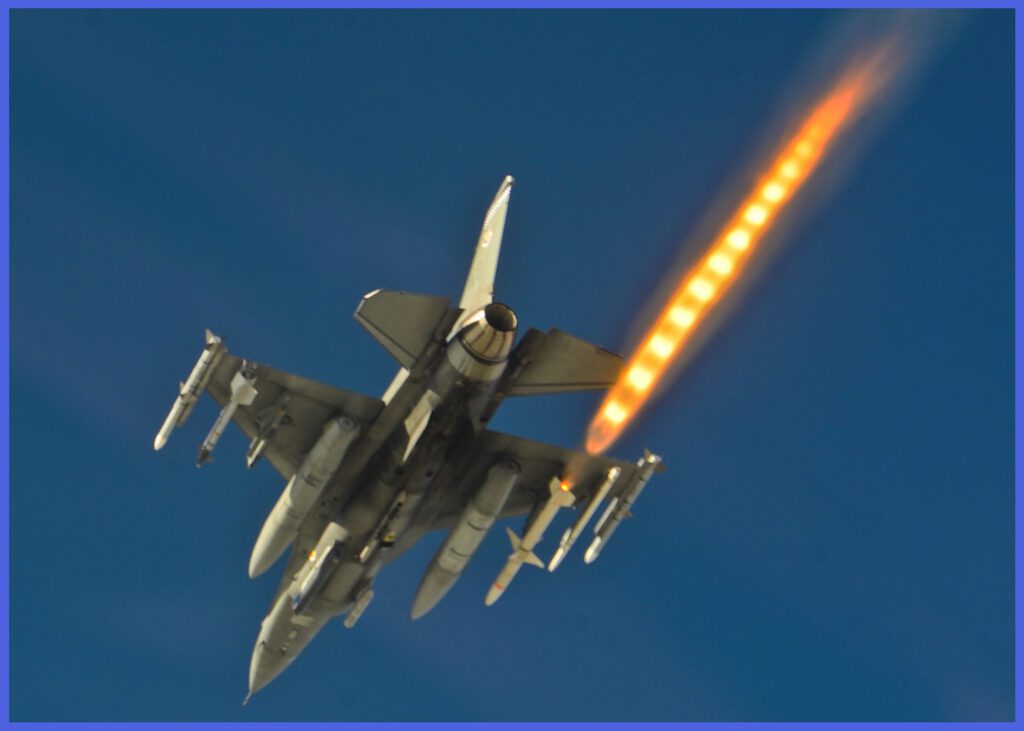
SEAD missions are critical in modern warfare, where air superiority often determines the outcome of conflicts. These operations are complex and require careful coordination between various military assets, including intelligence, surveillance, and reconnaissance (ISR) platforms to identify enemy air defence threats, as well as strike aircraft and support units to execute the mission effectively. Additionally, SEAD efforts often involve suppressing or jamming enemy radar and communications systems to degrade their ability to track and engage friendly aircraft.

In 21st-century warfare, SEAD missions can represent up to 50% of all sorties launched in the first week of combat and persist at a diminished frequency throughout a campaign, contingent upon the nature of the actions, whether defensive or offensive. Leveraging modern stealth technology, SEAD missions are frequently conducted covertly, with numerous operations occurring under the cloak of darkness. Although SEAD missions are commonly linked with aircraft, they can also be carried out using diverse means, including actions by ground forces.
By suppressing enemy air defences, SEAD forces create a safer environment for friendly aircraft to operate, allowing for strategic bombing, close air support, reconnaissance, and other air missions to be conducted more effectively.
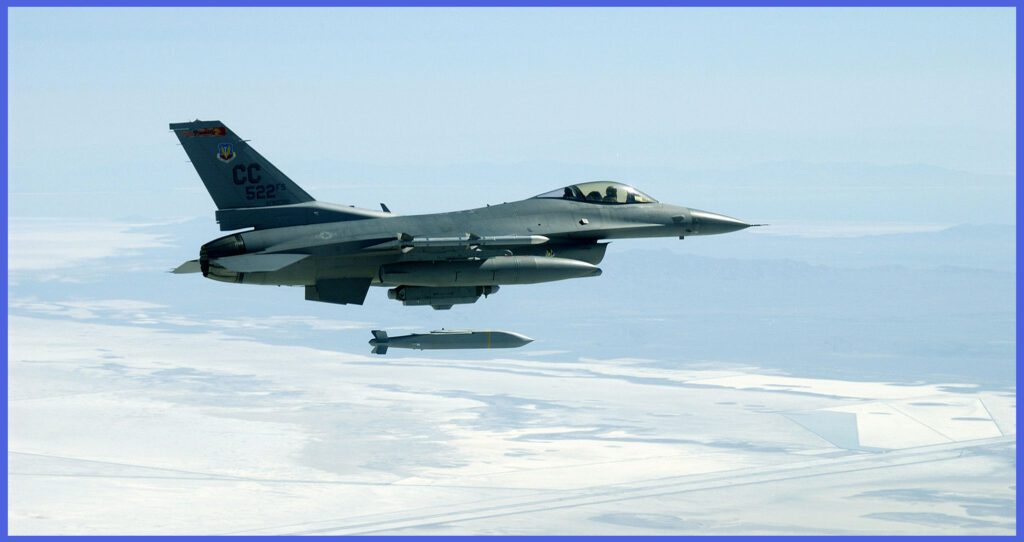
Essential elements of SEAD operations involve employing specialized aircraft equipped with radar-jamming systems, anti-radiation missiles, and stealth technology. Intelligence gathering is pivotal in identifying and prioritizing enemy air defence targets, and coordination among air, ground, and electronic warfare units is vital for the success of SEAD missions.
Despite technological advancements, SEAD remains a challenging and high-risk endeavour as adversaries continually develop new air defence systems to counter evolving threats. Consequently, SEAD tactics evolve, integrating cyber warfare, unmanned systems, and artificial intelligence to maintain air superiority in modern conflicts.
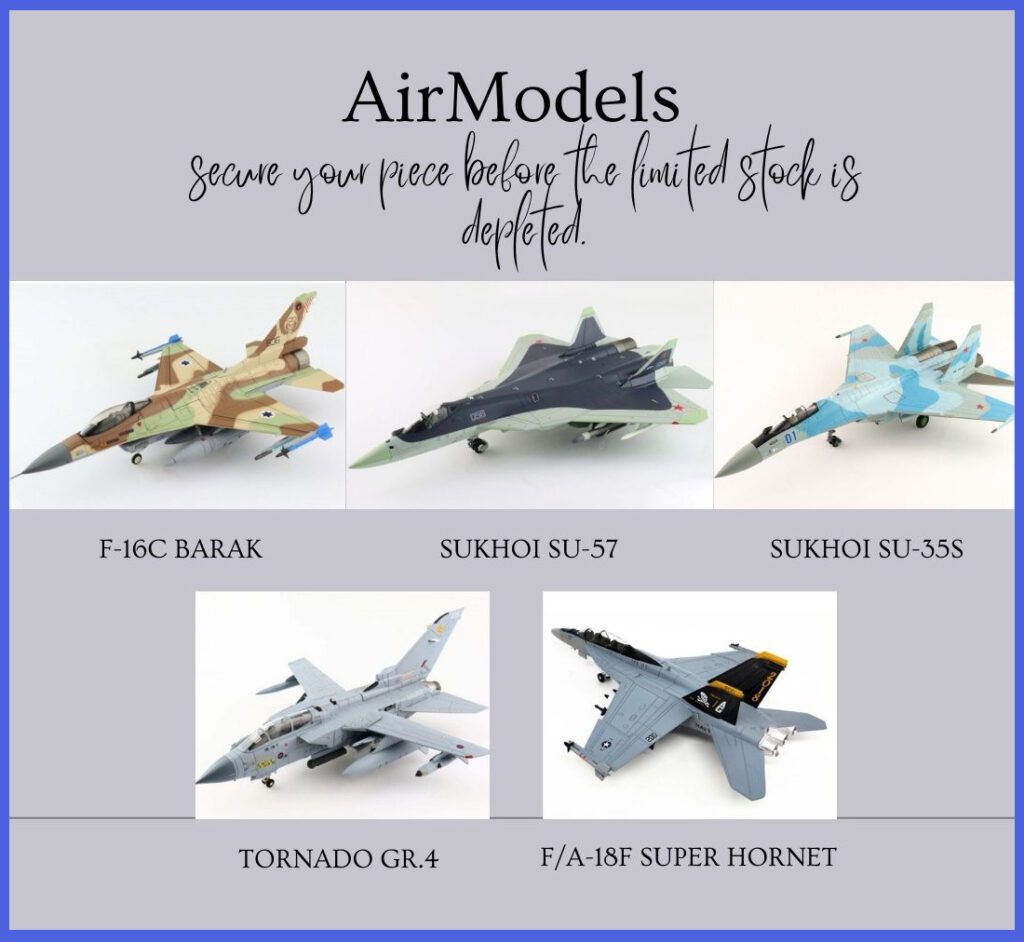
As of Now: A History of Some Major SEAD Operations
The history of SEAD operations traces back to World War II when early attempts were made to suppress enemy air defences through various means, including mass bomber formations and electronic warfare tactics. However, it wasn’t until the Vietnam War that SEAD became a formalized military strategy.

During the Vietnam War in 1965, the United States faced significant challenges from North Vietnamese air defence systems, including radar-guided anti-aircraft artillery and surface-to-air missiles (SAMs). In response, the U.S. developed specialized SEAD tactics and equipment, such as Wild Weasel aircraft armed with anti-radiation missiles designed to target enemy radar sites.
More advancements in SEAD operations played a crucial role during the Gulf War in 1991, where coalition forces utilized advanced electronic warfare capabilities and precision-guided munitions to neutralize Iraqi air defences, enabling successful air campaigns. Further advancements in SEAD capabilities occurred with the development of stealth aircraft like the F-117 Nighthawk and EF-111 Raven, which could penetrate enemy airspace with reduced vulnerability to radar detection.

The SEAD campaign in Operation Allied Force employed various tactics and assets. NATO utilized dedicated SEAD aircraft, such as the EA-6B Prowler, equipped with electronic warfare systems, to disrupt enemy radar and communications. Additionally, aircraft like the F-16CJ Fighting Falcon were modified to carry anti-radiation missiles for targeting enemy radar sites.
Precision-guided munitions were also employed to destroy key air defence assets, including command and control centres, radar installations, and SAM sites. NATO’s use of stealth aircraft, such as the B-2 Spirit and F-117 Nighthawk, allowed for strikes deep into Yugoslav territory with reduced risk of detection.

During the 2003 US invasion of Iraq, SEAD played a critical role in neutralizing Iraqi air defence systems and establishing air superiority for coalition forces. SEAD operations in the invasion of Iraq primarily focused on degrading Iraq’s air defence infrastructure, which consisted of a network of radar-guided anti-aircraft artillery, surface-to-air missiles (SAMs), and early warning radar systems. Coalition forces employed a combination of tactics and assets to achieve SEAD objectives.

SEAD operations continued to evolve in the 21st century with the integration of unmanned aerial vehicles (UAVs), cyber warfare techniques, and network-centric warfare principles. Today, SEAD remains critical in modern military operations, with nations investing in advanced technologies like India’s latest development, the Rudram ARM, to counter evolving air defence threats. From traditional missiles to cutting-edge electronic warfare systems and stealth platforms like the B-21 Raider, SEAD capabilities continue to adapt for air superiority in contemporary conflicts.
The Role of Anti-Radiation Missiles
An anti-radiation missile (ARM) is a specialized munition designed primarily for the Suppression of Enemy Air Defense (SEAD) operations. Its primary function is to detect and home in on the electromagnetic emissions (radar signals) emitted by enemy radar systems, thereby neutralizing or destroying them.

ARMs are equipped with guidance systems that enable them to track and follow the radio frequency emissions emitted by radar systems, such as those utilized in surface-to-air missile sites or anti-aircraft artillery. Once a radar source is detected and identified, the ARM autonomously guides itself toward the target, using its onboard seeker to maintain precision accuracy.
Some widely used ARMs, such as the AGM-88 High-Speed Anti-Radiation Missile (HARM), Kh-31 Krypton, and Kh-58 Kilter, have been in service for decades. Their precise targeting and neutralization of enemy radar threats make them crucial in modern military operations, ensuring air superiority in contested airspace.

Loitering munitions and High-Altitude Long Endurance (HALE) Unmanned Aerial Vehicles (UAVs) are increasingly vital in conducting SEAD missions. Given the inherent danger of attacking air defences, UAVs offer a potentially more cost-effective and less risky method for carrying out SEAD operations, depending on the situation and circumstances.
Modern examples of SEAD-specific loitering munitions include the IAI Harpy, which loiters over areas with potential SAM activity, searches for vital military installations, and then crashes with an in-built warhead into the target. This strategy has become widely adopted in 21st-century warfare.

Another highly effective type of unguided weapon commonly employed during SEAD strikes is cluster bombs. For instance, the CBU-105 Sensor-Fuzed Cluster Bomb serves as a typical example of this type of weapon, which proves exceptionally useful for disrupting enemy radar installations over a fairly wide area.
Dive into the Cutting Edge: Explore the Finest SEAD Weapons of Today
The finest SEAD (Suppression of Enemy Air Defenses) weapons of today encompass a range of advanced technologies designed to neutralize and counter enemy air defence systems effectively. Among the most prominent are anti-radiation missiles (ARMs), such as the AGM-88E Advanced Anti-Radiation Guided Missile (AARGM), AGM-88G Advanced Anti-Radiation Guided Missile-Extended Range (AARGM-ER), Rudram, SPEAR-EW, and Kh-31 Krypton. These missiles are capable of homing in on and destroying enemy radar sites, disrupting their ability to track and engage friendly aircraft.

Furthermore, electronic warfare (EW) systems play a crucial role in SEAD operations, with platforms like the EA-18G Growler and the newly developed B-21 Raider serving as airborne electronic attack aircraft. Equipped with sophisticated EW suites, these aircraft can jam enemy radars and communications, degrade their effectiveness, and create openings for friendly aircraft to operate safely.
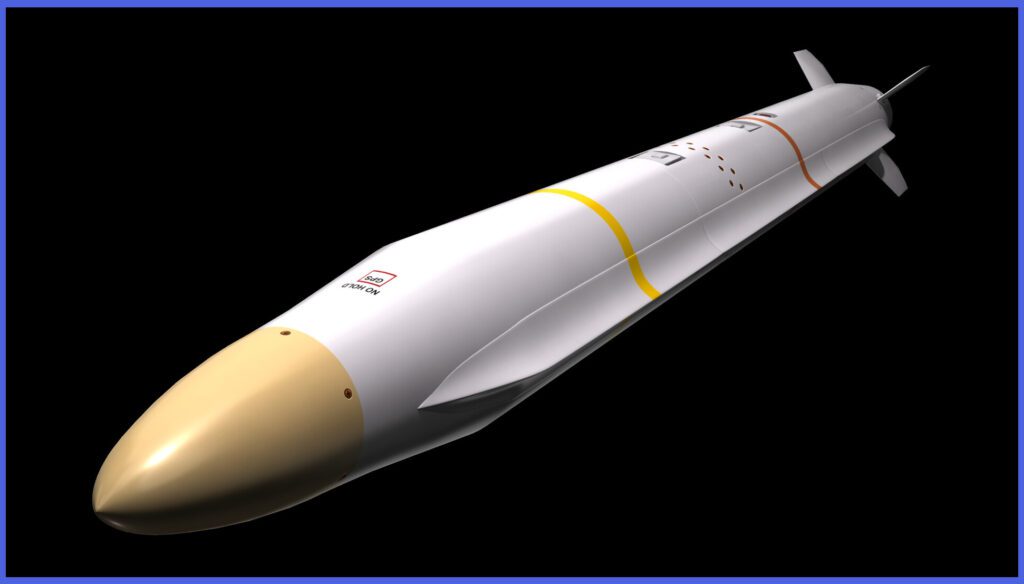
Additionally, precision-guided munitions (PGMs), including standoff weapons like the AGM-158 JASSM, AGM-154 JSOW, Storm Shadow, Taurus KEPD 350, and BrahMos, provide the capability to strike high-value air defence targets from a distance with minimal risk to forces.
Combining these advanced weapons with stealth technology, unmanned systems, and networked capabilities, today’s SEAD arsenal represents a formidable force multiplier in modern conflicts, ensuring air superiority and enabling successful air operations in contested environments.

In summary, Suppression of Enemy Air Defenses (SEAD) operations and Anti-Radiation Missiles (ARMs) stand as crucial components in modern warfare, particularly in conflicts where air superiority is paramount. These tactics disrupt enemy air defence networks and create opportunities for successful air operations, thereby significantly contributing to achieving air superiority and ensuring the success of military campaigns.
In an era marked by rapidly evolving threats and technological advancements, SEAD and ARMs continuously adapt and innovate. They incorporate advancements in electronic warfare, stealth technology, and network-centric warfare principles. The ongoing development and integration of SEAD and ARMs into military doctrine underscore their enduring relevance in contemporary conflict scenarios. In these contexts, controlling the skies remains pivotal for achieving strategic objectives.
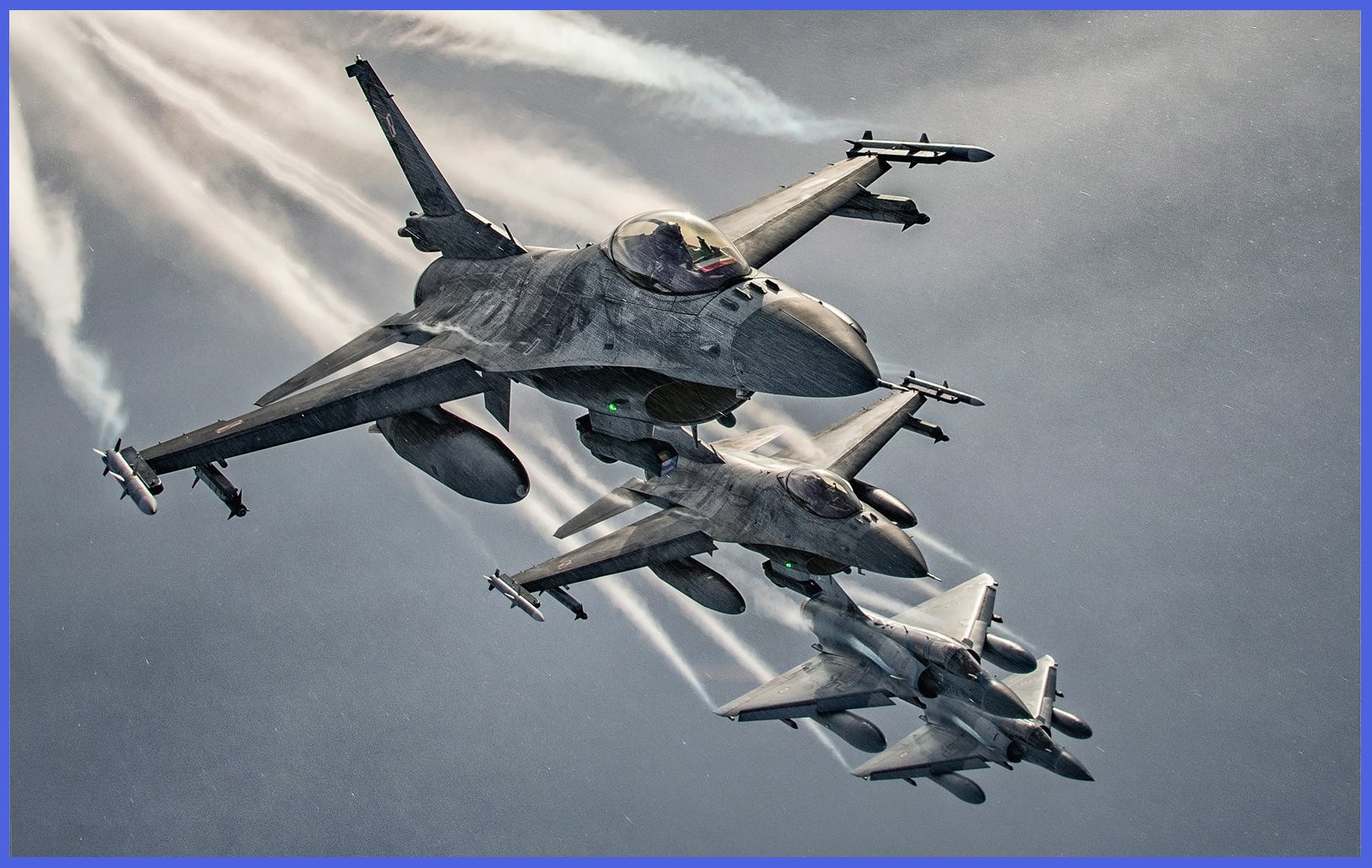
1 thought on “Discover the Best of SEAD and Weaponry in Modern Battle”